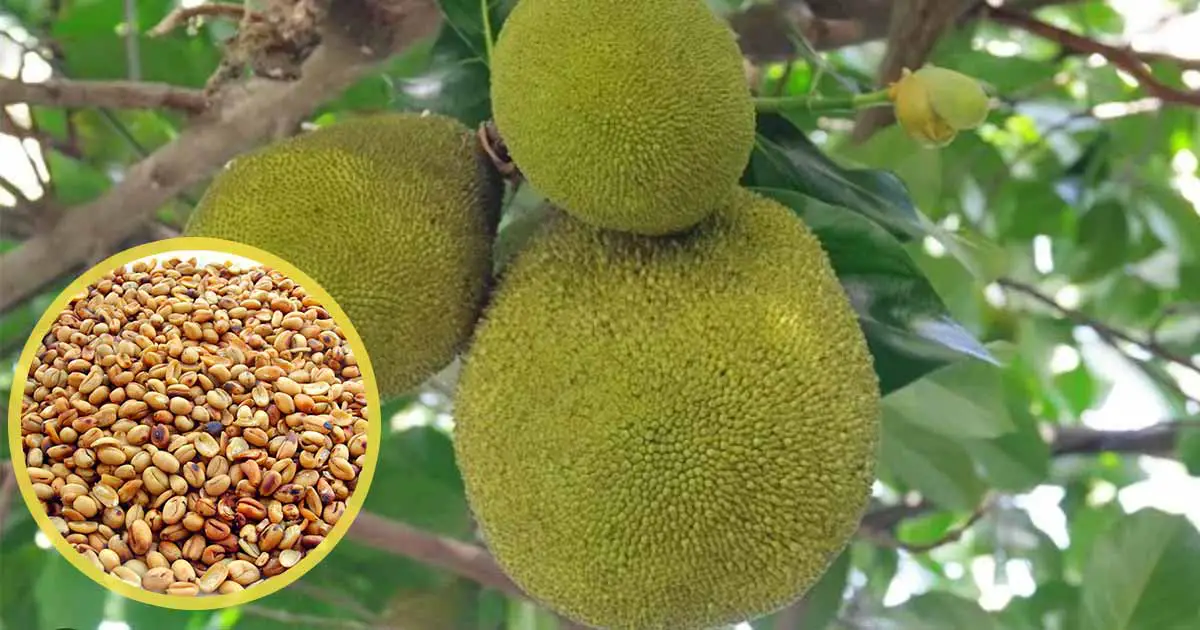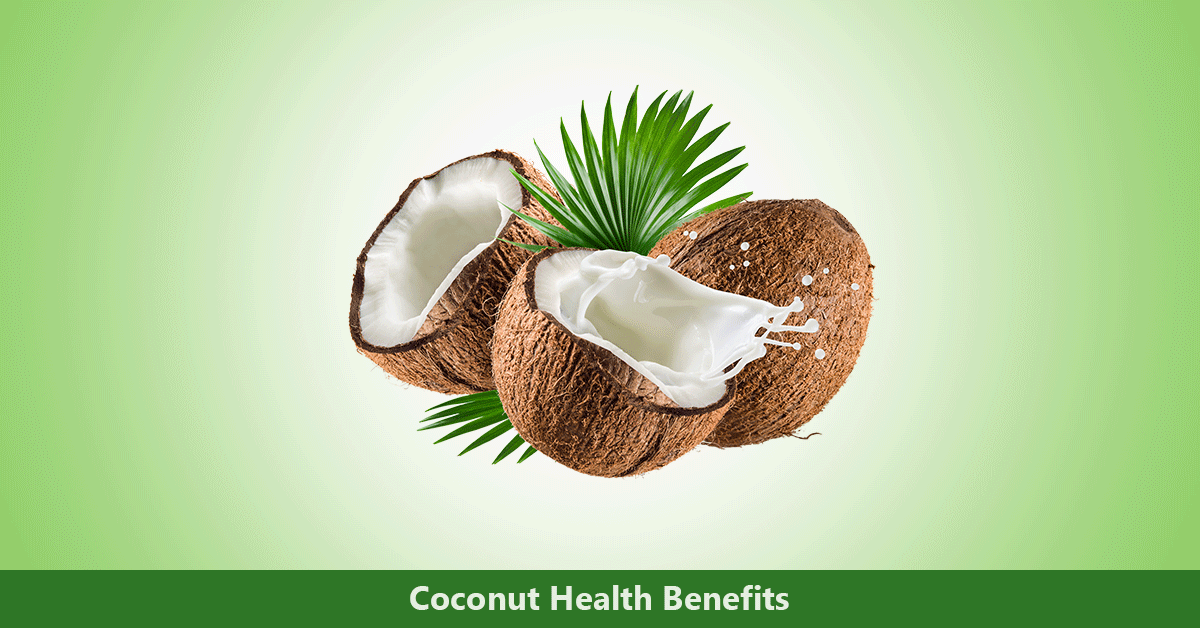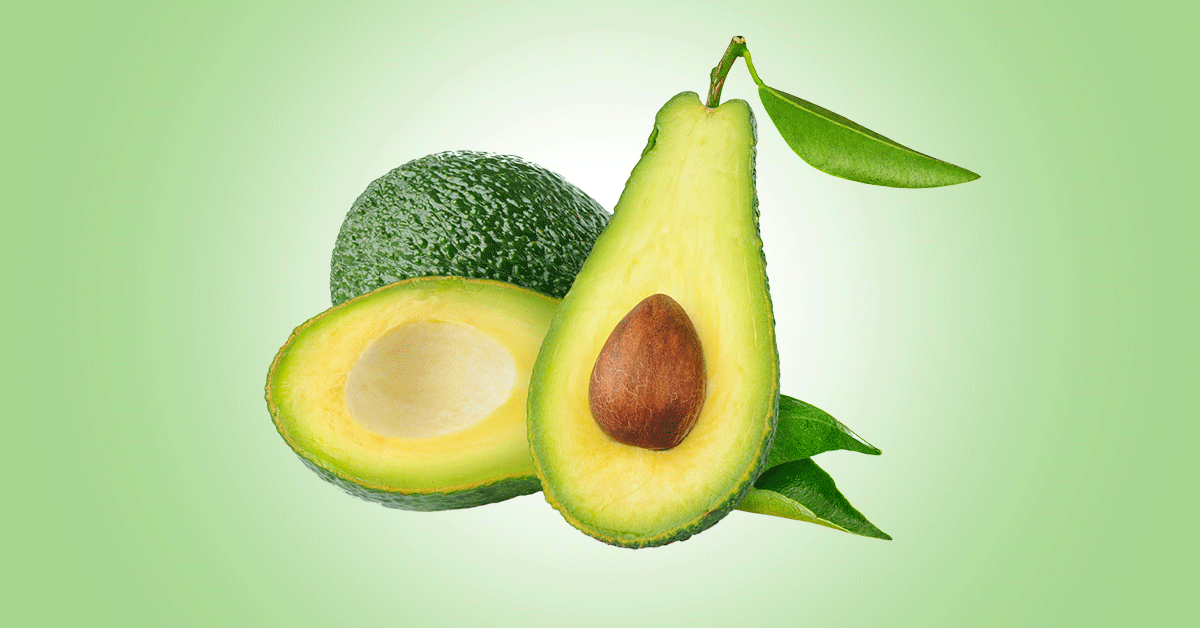African breadfruit (Treculia africana Decne), is an underutilized food, which is found mostly in West and Central Africa. It has edible seeds which is used to prepare a popular delicacy especially among the Igbos in the Eastern part of Nigeria. It is also popular in Ghana, Cameroon, Sudan, Senegal, Sierra Leone, Congo basin, Mozambique etc.
The large evergreen tree which grows in tropical and subtropical humid forests bears 20–30 pods. It can grow up to 30 m height. African breadfruit belongs to the Moraceae family of mulberry, fig, and other Artocarpus species. Other plants in the mulberry family include breadfruit, jackfruit, and breadnut. Breadfruit and jackfruit are more closely related.
The leaves of African breadfruit are large, dark-green on the surface, but lighter green underneath. The plant can be monoecious or dioecious. The mature fruit is big, round, and greenish brown, but turns greenish yellow on ripening.
The fruit is hard and spongy in texture and contains many oval-shaped seeds inside the spongy mesocarp. A brown coloured seed coat covers the milk white cotyledon (inner edible endosperm). Seeds are edible. A mature tree can yield up to 30 fruits, and about 10 kg of seeds after removing the pulp.
The fruit pods are not normally plucked, but allowed to drop from the tree, when ripe. Then both fresh extraction method and fermentation method are used to remove the seeds from the pulp. The fermentation is carried out by fungi, especially the Aspergillus niger, Rhizopus stolonifer, Botrydiplodia theobromae, and Erwinia sp.
Other local names of breadfruit includes African breadfruit, African breadnut, African boxwood, Wild jackfruit, Ukwa (Ibo), Barafuta (Hausa), Afou or “bere – foo-foo (Yoruba), Edikang (Efik), Ize (Bini), Eyo (Igala), Okwabaum (German), Abre a Pain D’Afrique (French), mwaya (Swahili), Ezeya (Tanzania, Uganda), brebretim (Wolof), and muzinda (Lugada).
Varieties of African Breadfruit includes:
- T africana var. africana: has large fruit heads and more seeds. Found in Angola, Senegal, Southern Sudan, central Mozambique, and Sao Tomé and Principe Islands.
- T. africana. Var. inversa: highly branched, with smaller fruits but more fruits. Found in Eastern Nigeria.
- T. africana var. mollis: dull elliptic leaves, small fruit heads. The seeds are small, wrinkled, rounded or elongated seeds. Found in Cameroon, Nigeria (Delta, Edo), Gabon, Congo.
Medicinally, the pods, roots, and leaves extracts are used in herbal medicine. The decoction of the leaves are used in lowering blood pressure, and prevent asthma. The leaf juice is used to treat cough, rheumatism, rashes, malaria, stomach disorders, mouth yaw, and to improve spleen and liver functions.
The crushed leaves are also used for throat infections and thrush. The latex has antibacterial effect, and is used as eardrop. In Ghana, the root decoction is used as anthelmintic and febrifuge.
Constituents
The African bread fruit contains phenols, phyllocoumarin, catechin and 6, 9-dihydroxy-megastigmane-3-one.
Seed: The seed and seed coat contains moisture, high protein, carbohydrate, polyunsaturated fatty acids, ash and dietary fiber. There is high potassium and magnesium content, with quantities of sodium, zinc, copper, and iron.
Roasting the seed increased the iron and copper, while boiling reduces it. Un-dehulled toasted breadfruit has higher amounts of calcium, phosphorous, sodium and zinc, while dehulled toasted breadfruit has higher potassium, magnesium, and iron.
Bioactive compounds include tannins, alkaloids, saponins, trehalose, silane, diglycerol, bicyclopentyliden-2-ol, benzyl ester, n-Hexadecanoic acid, α-D-Galactopyranose.
Seed extract contains olein, and stearin solid fat fraction similar to palm kernel oil. The seed coat has high iron, copper, zinc, sodium, and lower quantities of magnesium and potassium. Amino acids’ fraction include mostly glutamic acid, aspartic acid and glycine.
Antinutrients include oxalates, phytate, and hydrogen cyanide are found in the seeds and leaves.
The leaves of African breadfruit contains carbohydrates, minerals, bioactive compounds such as flavonoids, phenols, tannins, saponins, cardiac glycosides and anthraquinones. It also contains vitamin C, high potassium, magnesium, zinc, and small quantities of iron, copper, and sodium.
Constituent in the essential oils of the leaves, stem bark extract include alpha-pinene, limonene. The seed oil extract contains volatile components such as tirucallol, beta Sitosterol, methane, 7H-Dinaphtho[2,3-b:2′,3′-h]carbazole, Chromone, 7-(3-chloropropoxy)-3-phenyl-, etc.
How to Incorporate African Breadfruit into Diet
African breadfruit has a pleasing aroma, and can be used freshly processed or dried for
As a snack:
The undecorticated seeds may be roasted, de-hulled and eaten with palm kernel or coconut.
For baking:
It is dried, ground into flour, and used with wheat flour for baking bread and pastes.
Food preparations:
The undehulled seeds are blanched in hot water, drained and dehulled. The seed coat is removed while the milk-coloured cotyledon is used to prepare food. It can be used for porridge or mixed with rice yam, sorghum, shredded cassava, and maize. The flour from the decorticated seeds can also be used to thicken soup.
How to Prepare African breadfruit meal (Ukwa porridge)
Ukwa porridge is a choice meal among the Igbos of Nigeria. It is in high demand in special occasions like weddings, burials, and other functions. You can use freshly processed (washed) or dried breadfruit seeds to prepare this food. If the dried seed is used, soak it overnight to reduce the cooking duration. To prepare the ukwa porridge:
- Rinse the decorticated African breadfruit seed (ukwa) with clean water and add to a cooking pot.
- Add water to the pot with the breadfruit seeds and cover it.
- While cooking, potash may be added to tenderize it, and shorten the cooking duration.
- When it is tender, you can add condiments such as dried fish, meat, palm oil, local spices like ogiri for aroma and flavor at different points.
- Ukwa is prepared with vegetable such as scent leaf, or bitter leaf
Health Benefits of African Breadfruit
Filled with essential nutrients:
African breadfruit is rich in carbohydrates, protein, and oils.
Potassium helps to lower blood pressure. Iron helps to prevent anemia. Iron helps to build healthy bones, teeth, helps in blood clotting, nerve impulse, and muscle contraction. Phosphorus helps in ATP synthesis, signal transduction and bone mineralization.
Antioxidant property:
Treculia africana leaves have high antioxidant level due to phenols, flavonoids, anthraquinone, and other compounds. Antioxidants protect against oxidative stress and free radical damage that cause diseases in the body.
Anti-diabetic effect:
People believe that African breadfruit is good for diabetic patient. However, studies by Eleazu et al. showed that the consumption of ethanol extract of boiled T. Africana seed increased body weights, increased LDL cholesterol, atherogenic index, and coronary risk index.
Boiled breadfruit has an intermediate glycemic index, and may also increase sodium levels. The aqueous extract had weak alpha–amylase inhibitory activity.
The water and ethanoic extracts of the root possess antihyperglycaemic properties. It decreases blood glucose levels, aspartate amino transferase (AST) and alanine aminotransferase (ALT), two indicators of organ damage.
Wound healing:
Treculia africana leaf extract contains vitamin C, zinc, magnesium, and other secondary metabolites that promote wound healing and boost immunity.
Antimicrobial activity:
The stem bark extract contained steroidal saponins, glycosides, polyphenols, and anthraquinone glycosides. These compounds at different concentrations inhibit S. dysentriae, Salmonella typhi, P. aeruginosa, Escherichia coli, and Staphylococcus aureus.
The leaf extract contains catechin, phyllocoumarin, and 6, 9-dihydroxy-megastigmane-3-one. These compounds have antimicrobial activities.
Side Effects
Though African breadfruit contains antiutrients such as tannins, which may affect how the body absorb nutrients, processing the seed detoxify it and make it safe for consumption.
The sap of the male tree is caustic and toxic, unlike the female tree sap, which can be used for herbal medicine.
References:
- https://journalofethnicfoods.biomedcentral.com/articles/10.1186/s42779-021-00097-1#Sec15
- https://www.sciencedirect.com/science/article/abs/pii/B9780128185537000048
- The traditional and medicinal use of African breadfruit (Treculia africana Decne): an underutilized ethnic food of the Ibo tribe of South East, Nigeria – Philippa C. Ojimelukwe* and Fabian U. Ugwuona.
- https://www.wjir.org/download_data/WJIR1204010.pdf
- https://www.scirp.org/journal/paperinformation.aspx?paperid=67816
- https://tropical.theferns.info/viewtropical.php?id=Treculia+africana












